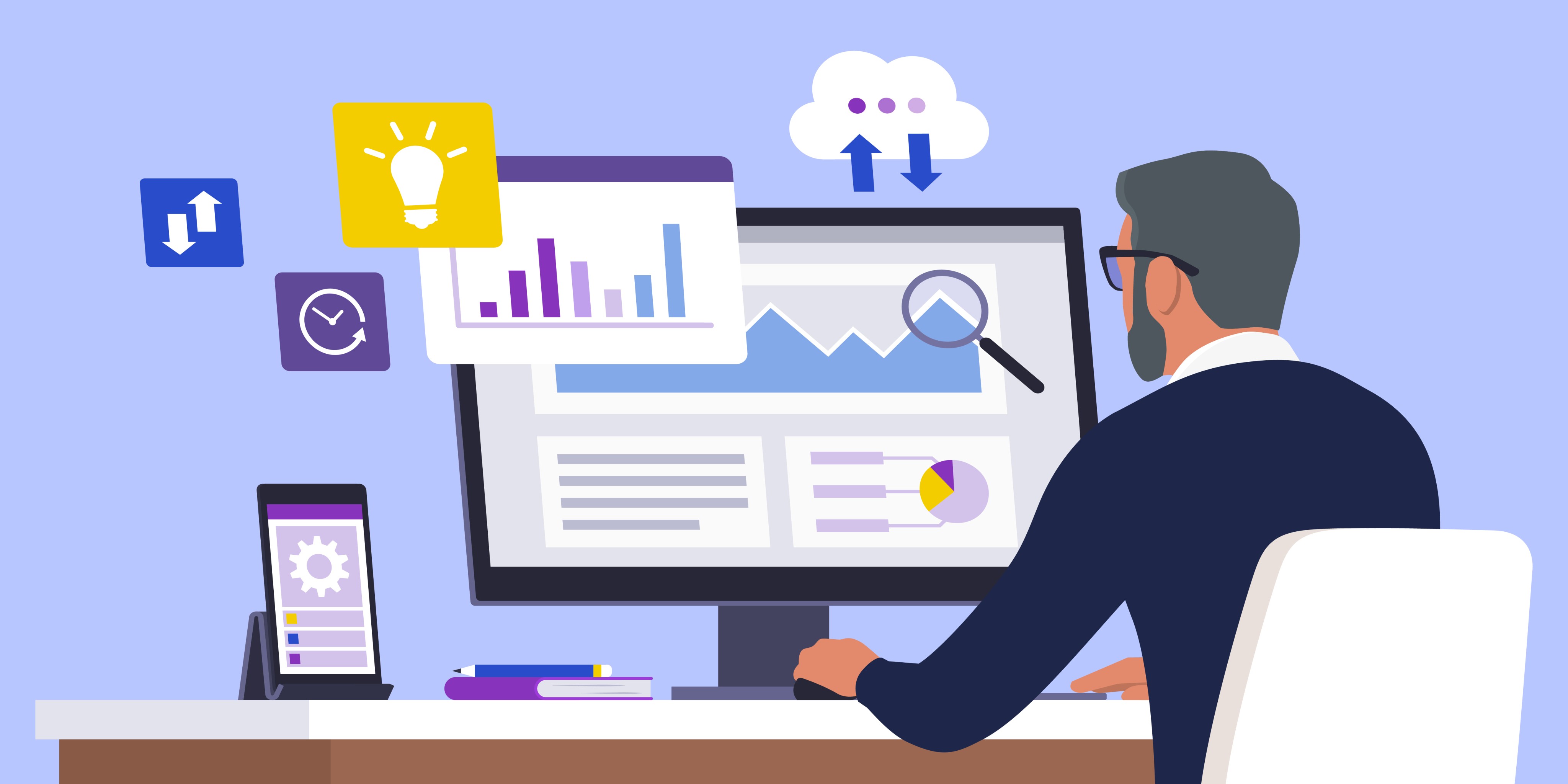
Date published: 11 November 2017
I'm making a profit, but have no money in the bank - HELP!!
It’s not uncommon. We hear it a lot. A client calls us and is in distress. They look at their business numbers, and can see they’re
making a profit, but when it comes to paying wages and bills, it’s a struggle……. They’re making a profit, but there is no money in the bank.
Here are a few tips and tricks to start and understand the difference between profit and cash, and understand why your bank balance is what
it is…...
Learn to read your Balance Sheet
The Balance Sheet is one of the most important documents in your business (yes… even more important than your Profit and Loss Statement).
Your Balance Sheet will tell you what is happening in your business from a cash and financial perspective, and help you understand where
your dollars may be.
TIP: If you don’t understand the language or terminology on your Balance Sheet, and it’s just a random mess of numbers, ASK your
bookkeeper or accountant to explain it to you. If they are unwilling to do this, then consider changing service providers.
The Balance Sheet is one of the easiest business financial documents to understand, and should be something that can be stepped
through, in plain English, to give you clarity and understanding on your business numbers.
Understand your Debtors Ledger
Your Debtors Ledger may also be called Aged Debtors/Accounts Receivables/Trade Debtors. Irrespective of the name, they all represent the
same thing - a summary of sales that you have made, where payment has not yet been received from your customers.
If you are short of cash, this is often the fastest way to see dollars hit the bank account.
Start chasing up those customers that haven’t paid you within your terms of trade. Look at the amounts that are outstanding the longest, or
those with the highest value, and spend 30 minutes every morning calling the customers and asking for payment.
TIP: Try and find out what the value of your Debtor Days is – this figure represents the average time it takes a customer to pay
you. Compare that with your terms of trade – are your debtor days close to your terms of trade, or are they longer than your terms of
trade? The shorter your debtor days, the more regularly money is hitting your bank account, increasing the availability of cash that can be
utilised.
Most accounting software can calculate the Debtor Days quite simply, and provide you with this figure on an overall client base,
and on a client by client basis as well. If you’re not sure how to find this figure, touch base with your bookkeeper or accountant, who can
show you the reports.
Get a handle on your Owners Drawings/Directors Loans/Beneficiaries Drawings
Three terms that all basically mean the same thing – the owner or director of the business, is taking funds out of the business for personal
use.
Your business is not your own personal bank account, and best practice would recommend that you keep your business spending and your
personal/private spending separate.
If you work under a company or trust structure, consider drawing a regular wage, and resist the urge to grab that $50 here and $50 there
just because “I have money in the bank”.
If you operate as a Sole Trader or Partnership, work out what you need each week to live on, and draw just those amount of funds from the
business, and transfer to a personal account.
Review your Drawings or Loan Accounts, and see what the transactions are sitting in there.
Is it a case that there have been business expenses coded to the account in error, or have you been dipping your fingers (and sometimes toes
and whole body!) into the business bank account to fund your personal requirements? It’s amazing how quickly these small amounts can build
up to larger amounts. You also need to be aware that if you are working under a Company structure, there can be tax consequences attached
to any funds you have taken from the business for personal use.
TIP: Work with your bookkeeper or accountant to identify what your weekly wage can/should be from the business, and start
drawing funds in this manner, rather than irregularly and on and adhoc basis.
The other advantage of these regular amounts, is you start to get a far clearer picture of your businesses profitability, and
the ability for the business to pay you a living wage.
Review your Inventory Levels
If inventory is a component of your business, it needs regular review. If you are operating on a perpetual
inventory method,
the value of your inventory does not appear as an expense on your Profit and Loss Statement until the inventory is sold.
You may have purchased a large amount of inventory (which must be or has been paid for), however until it is sold, or incorporated into the
product or service that you provide, you will not be realising the revenue associated with it.
TIP: Review your inventory on a regular basis. Do random stock takes. It is important to know that your inventory levels on
hand, match the inventory you have recorded in your accounting system. If they don’t, and depending on the value, it can highlight many
different things, from employee theft, to not invoicing for work that has been completed, to obsolete and out of date stock, to name a
few.
Understand your Liabilities
Your liabilities are often one of the most frequent reasons you are cash poor, without even realising it. Have you borrowed money to
purchase assets? (we saw a lot of this at the end of the financial year, with many businesses being told that they “could [incorrectly] get a
$20,000 tax deduction if they bought vehicles or equipment).
If you are servicing many loans, these will impact on the cash available to you in the bank account. Depending on the reason for the loan,
the respective expense may not be seen on the Profit and Loss Statement until end of financial year (when depreciation expense and interest
on loans, are often recorded).
Some of the most commonly ignored or mis-understood liabilities, are those associated with your employees and your ATO obligations. Let get
this straight from the beginning – GST and Pay As You Go Withholding and Superannuation, are not your funds. They belong to either the
employees, or the ATO, and they must be paid. Period…. Not negotiable. Get over it, and learn to see them as a fundamental element of
being in business.
Your Balance Sheet should clearly identify what is owed to the ATO or the Super Funds for both GST and Employee liabilities, and you should
factor these in when making decisions on financial spending.
TIP: Ensure these items are clearly identified on your Balance Sheet – If you can't see them, then ask why – they should be
obvious and easy to quantify.
A key suggestion is to use a “Provision Account” to quarantine ATO and Employee Liabilities funds until you are due to make
payment to the ATO or the Super Funds. Essentially this is a bank account, where every time a pay run is processed, the value of the Super
and the PAYGW is transferred to this bank account, and on a weekly basis (or more frequently if you want), funds are transferred to cover
your GST liability.
Understand your Creditors Ledger
Your Creditors Ledger may also be called Aged Creditors/Accounts Payable/Trade Creditors. Again, irrespective of the name, they all
represent the same thing - a summary of purchases that you have made, where payment has not yet made to your supplier.
These amounts are due for payment, and should be reflected in your Creditors Ledger, based on the expected due date for payment by the
supplier. Correct setup of your accounting software, and correct entry of these transactions, to ensure that the amounts and expected dates
for payment are correctly reflected, will help you understand when you expect cash to be leaving your business.
Reviewing the Creditors Ledger on a regular basis, should provide you with clarity on when your suppliers expect payment. Endeavour to work
within your supplier’s terms of trade. If they are offering you 30-day payment terms, use them, rather than paying in 7 days.
If payment terms are 7 days, and you think you can, negotiate longer payment terms, to free up short term cash requirements.
Don’t hold your invoices awaiting payment in a pile on the desk until you are ready to pay them. Get them into your accounting system,
ideally daily, so that you have clarity on who you owe, what you owe and when it needs to be paid by.
TIP: Understand your Creditor Days. This is the average time it takes you to pay a supplier’s invoice. Compare the individual
Creditor Days with the supplier’s terms of trade. If the creditor days for a supplier are significantly less than their terms of trade,
consider not paying as quickly.
Ideally, your Debtor Days should be less than your creditor days, meaning that funds are being received by the basis, more
frequently than funds are being paid out by the business. If the reverse is observed, start to investigate the reasons behind it. What can
you do to change the status quo?
Talk to your bookkeeper or accountant about the best strategies to manage creditors in your business. Set a specific day of the
week where you make payments to suppliers, rather than paying every day – become more efficient at how you work with the data that you have
available to you, and maximise the trade terms that are available to you.
Review your Cash Summary
So, you’re right, this isn’t part of the Balance Sheet, but is a great document to review in conjunction with the Balance Sheet.
Quite simply, your Cash Summary outlines the movement of cash through your business. Opening balance of the bank account(s), money coming
in, money going out, closing balance of the bank account(s). It presents the information, not just from a revenue and expense (operating)
perspective, but also from an Asset, Liability and Equity (non-operating) perspective.
At a glance, you can see where your cash is coming from, and where your cash is going. It’s particularly useful in identifying the
non-operating movement of cash, particularly the Owners Drawings or Directors Loans, and your employment and ATO Liabilities, and the timing
of these payments in your financial cycle.
TIP: Start talking to your bookkeeper or accountant about reviewing your cashflow summary. If you can start to understand where
and how cash moves through your business, you can work with your advisor to implement strategies to manage your cash more effectivelyHopefully
the above points have provided some insight into what can affect the difference between profit, and cash, and you can start to implement
some of the strategies in your business.
If these are areas that you want to know more about, or that you need support in working through, we would love to work with you to provide
clarity and direction on your numbers. It’s about empowering you as the business owner to take ownership of your numbers.
Contact us on 07 3879 2090 or via our contact form to chat further.

